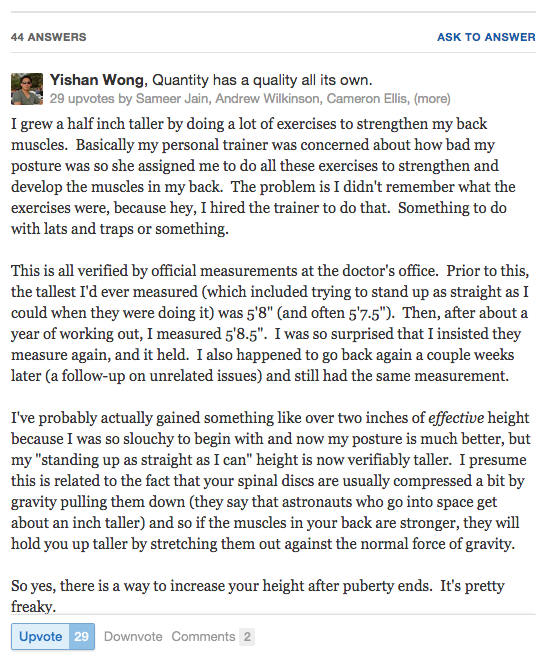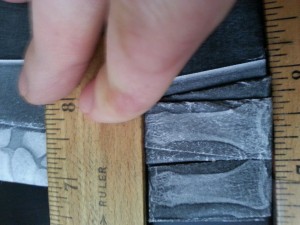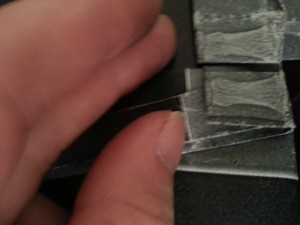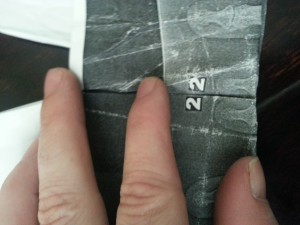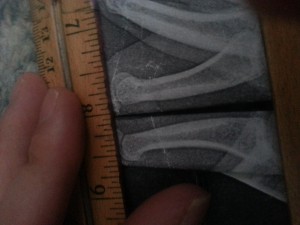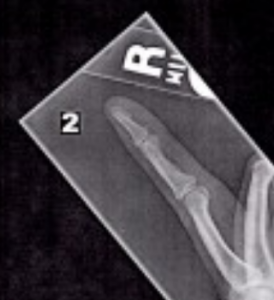I had said in a few posts back that I would not be doing too much posting on this website for the next 4-5 months as I am building up another project of mine. However, something interesting did happen today which made me start to rethink some theories I have had ever since last year.
I was on Skype with my girlfriend, and she told me that she found out from a recent Medical Exam that she was measured at 1.62 meters in height. Before that, she had always claimed that she was just 1.61 meters in height. Now, 1 cm is only about 0.394 inches, but since the rest of the world bases the measure of length on the meter, and thus the centimeter, that 1 extra centimeter in height is noticeable.
How was I supposed to take that type of news, since I am probably one of the only researchers in the world who has been actively looking for this type of phenomena??.
She is 26 now, with a birthday in January. It makes no sense for a girl of her age to ever increase in height.
However, females increasing in height in their late 20s is NOT completely unheard of.
She almost completely validates a theory I had about a year ago.
It seems that females who have been abnormally thin and with low bone density seem to have height increasing capabilities later than most other women.
In addition, she has been suffering from cold knees and knee pain for the longest time.
Recently she went to get 3 of her wisdom teeth removed, almost a dozen cavities filled, and had to see multiple medical specialists over medical problems.
In addition, she has been complaining for more than a year that she feels a strange feeling of pressure on her eyelid. A trip to the eye doctor suggested that she might very likely develop glaucoma. When the likelihood of glaucoma was ruled out, she went to see a Neuro-Specialist, who suggested that she might have a tumor developing in her brain, causing the optic nerve behind her eyeball to become pinched, causing that feeling of pressure on the eyelid. She did go get a CT Scan. Was it possible that she has some type of tumor in her pituitary causing pituitary adenoma?
So let me list the types of medical conditions she has been suffering from
- Childhood history of being abnormally thin
- She has the most common symptoms of a person with low bone density
- She suffers from having knees which are always “cold”
- Her knees have been developing pain, which has started to affect also her lower back.
- Her blood test shows that her iron level is low, suggesting maybe anemia.
- Has a long history of extremely heavy bleeding during menstration.
In response to all this, she has being taking the following supplements
- Iron
- Multivitamin
- Magnesium
- Vitamin D3
- Glucosamine HCL (not the Sulphate type)
- Lexapro
I don’t really know what to think right now since someone very close to me has gone through the small big of transformation which we have been searching for the last two years.
Could her claim to be a fluke, maybe a measurement error, or she just hasn’t measured herself in the last 10 years, ever since she noticed that she leveled off in height at the end of puberty?
If I was to be a sceptic, I would say that she has been at 1.62 meters in height for a long time, but she just never realized it. I remember more than a year ago, at a Zoo in Everland (South Korea), there was a height scale on the side of an exhibit to compare ourselves to the giraffe. You walk by it to get an idea of just how much taller a giraffe is to you. She walked under that height scale and stated that she was just 1.61 meters in height. Where I was standing, it looked like she was closer to the 1.62-1.63 meters range, and she was wearing TOMS shoes, the ones which only have less than 1 cm of heel height. If I was to guess, she was already 1.62 meters in height already.
However, let’s say that she did miraculously grow by 1 cm in the last few months. How would I even be able to validate that idea?
The only thing that I can think of is to maybe wait another 6 months or 1 year to see if she has pushed up in height again, to say 1.63 meters. If that happens, then I know that what I have been searching for the longest time may be already right next to me.
If she is growing, then it is time to ask myself, as probably the worlds most extensive amateur height increase researcher, how is it that my own girlfriend has grown at this late stage of her life?
Tyler’s Notes: Due to being abnormally thin in childhood, it could be catch up growth due to lack of nutrients. Remember there’s a proliferative capacity of the resting stem cells. During the lack of nutrients this proliferative capacity is maintained, but there does some to be some height loss permanently that could not be caught up.

